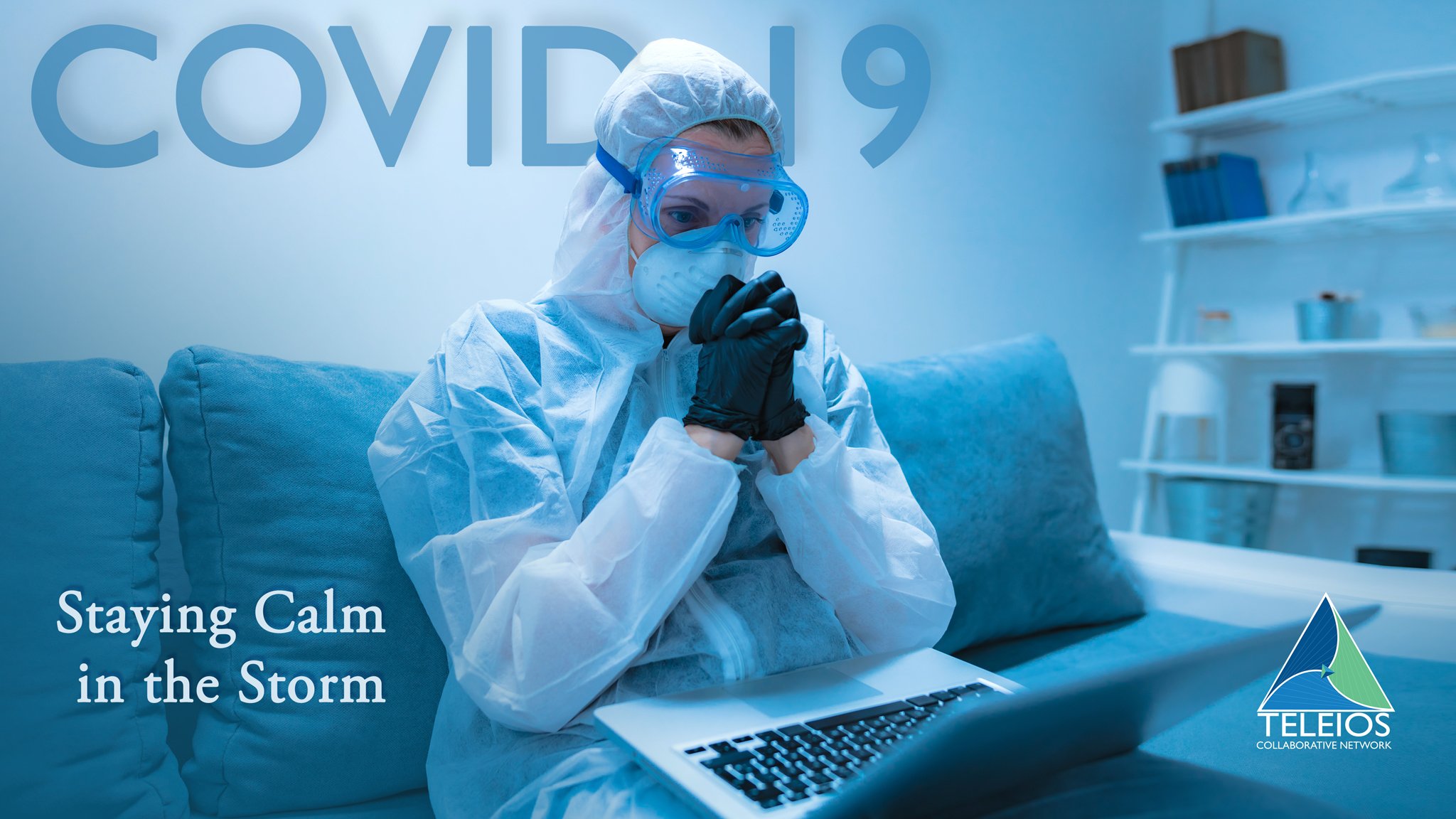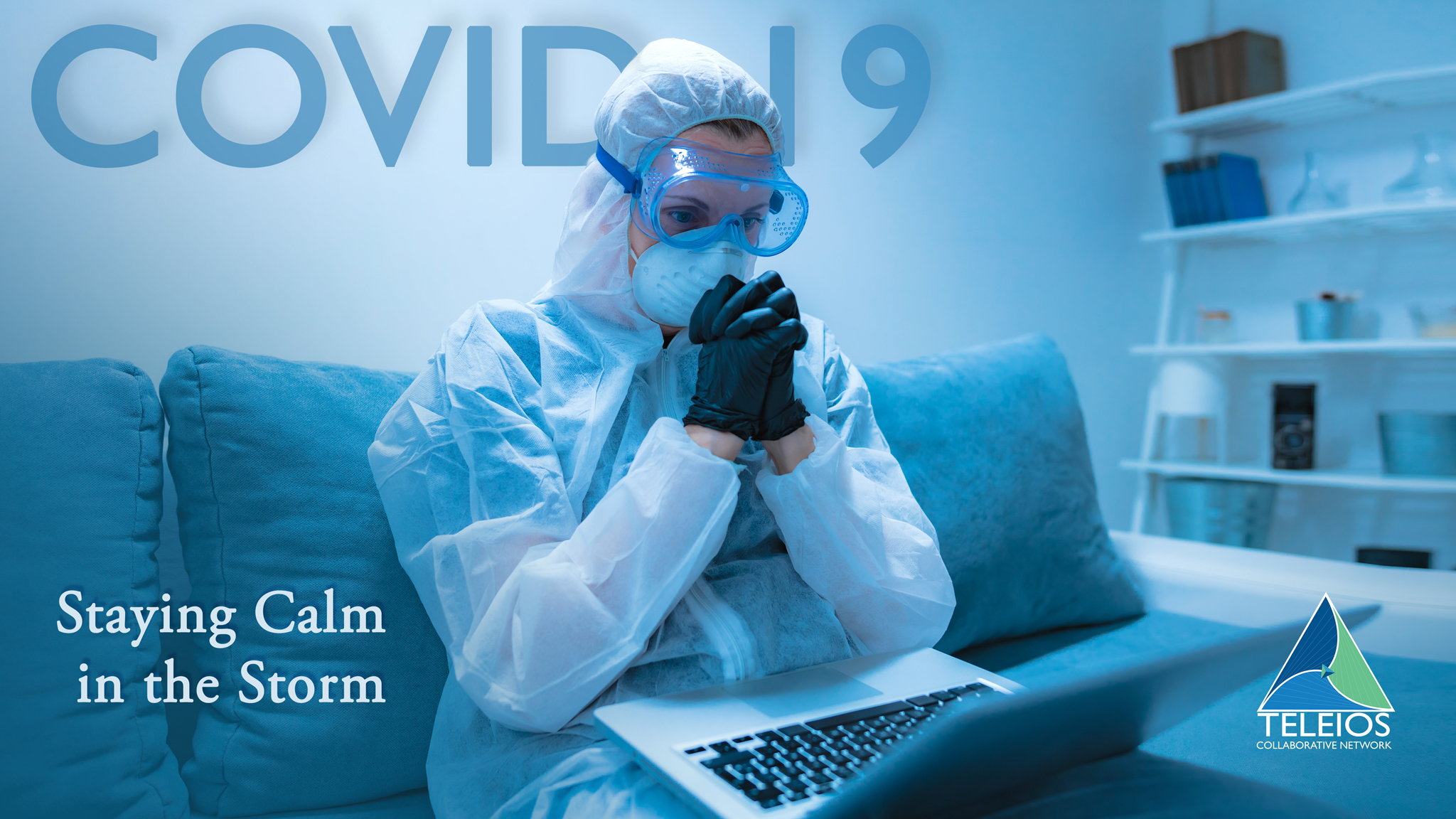
NEWS ALERT!: COVID 19 lives for 3 days on surfaces! COVID 19 can spread 30 feet with a cough outdoors! Social distancing of 6 feet is not safe enough! COVID 19 can be left for miles in the wake of a runner in the park! COVID 19 droplets can escape the sides and top of surgical masks. Many people have been sharing articles and social media about how COVID can be found in the air and on surfaces for long periods of time.
Some of these articles rightly cause people to be worried.
As health professionals we think it is important to understand the difference between basic science and applied science. When we see information and data, we must think like scientists and evaluate critically. Is this information clinically relevant?
Yes, COVID can live on surfaces long periods of time. Yes, if someone is outdoors and running with COVID they will spread COVID over a larger area, but….
…..the other thing we learn is that real danger and infection only occur when a person is exposed to a significant dose of COVID virus. We are all exposed to many virus and bacteria every day. We only get sick when we are exposed to a dose high enough to get past our body’s natural defenses. We don’t get a strep throat infection even though we are all exposed daily--- because we aren’t exposed to a dose high enough for us to get sick. The streptococcus bacteria is in all our houses. Scientist can write about how this is spread and stays on bathroom surfaces for days. It could scare us to know that the bacteria are there, but we don’t get sick.

So although a runner with COVID spreads a lot of virus over the area, the virus is probably not dense enough in an outdoor setting for any individual walking by to inhale enough virus to get past the body’s natural defenses – especially if they are wearing a mask.
It is true that COVID 19 virus can live on surfaces for several days. Could you get infected by touching surfaces? It is interesting to look at more clinical information. We learn that while the virus can live on surfaces for days, it starts to decline and decompose rapidly. A person could get infected if they touch a place where someone has recently coughed and then touch their nose or mouth. However, it is very unlikely that the surface virus would cause infection after a few hours.
Risk for infection is really about dose and exposure time. A small dose repeated many times (like breathing air in a confined restaurant room) or a large dose once (like someone sneezing close to you) could cause infection.
The higher the virus dose, the less time of repeated exposure needed to get infection. Lower virus doses repeated over long periods of time can cause infection. That is why closed rooms cause infections (think religious gatherings, restaurants, offices, and planes where many people share the air for long periods of time). That is why COVID is not generally spread in the outdoors or grocery store surfaces. You will not get enough virus for long enough to get sick.

Indoor spaces, with limited air exchange or recycled air and lots of people, are concerning with higher risk of infection. We know that 60 people singing in a small choir room results in massive infections. Social distancing guidelines will not work as well in indoor spaces where you spend a lot of time.
The principle is viral exposure over an extended period.
Social distancing and mask rules are there to protect you from brief exposures. In these situations, the mask dramatically reduces the viral dose and the 6-foot distance dramatically reduces the virus dose. Hopefully, there is not enough time to achieve the infectious viral load when you are standing 6 feet apart with a mask or where wind and the infinite outdoor space for viral dilution reduces viral load. The effects of sunlight, heat, and humidity on viral survival, all serve to minimize the risk to everyone when outside.
I would worry about singing in an indoor room, flying in a plane, sitting in a shared office for hours. I worry about being in an enclosed space with others who might be asymptomatic and viral carriers. It is especially important to stay 6 feet away from others and wear a mask. I worry much less about being outside or in large sparsely populated buildings if you wear a mask.
Key for safety is to wash your hands, wear your mask and practice social distancing.
Dr John Morris, Palliative Care / CMO, MD FAAHPM



An organizational model that allows not-for-profit hospices (Members) to leverage best practices, achieve economies of scale and collaborate in ways that better prepare each agency to participate in emerging alternative payment models and advance their charitable missions.








